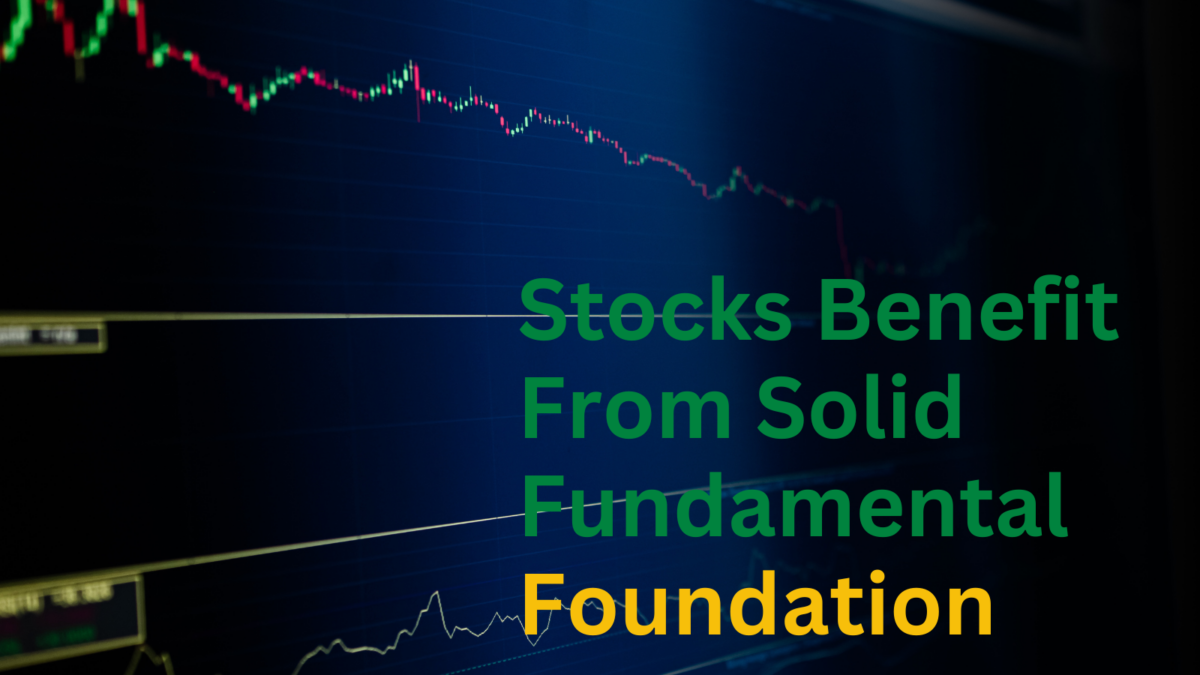
April showers brought May flowers as markets placed greater importance on economic growth and corporate profits than the “higher for longer” interest rate messages from the Federal Reserve (Fed). In fact, the S&P 500 ended May above where it ended March. So, as you prepare for summer vacations, how much should you worry about your stock portfolios?
First, based on history, stocks tend to do just fine between Memorial Day and Labor Day, with the S&P 500 rising 1.8% on average between holidays with gains 70% of the time (source: Bespoke). Also consider stocks tend to do better the rest of the year when they rise in May, with an average June–December gain of 5.4% with positive returns 73% of the
time. Seasonality is not particularly worrisome.
Investing involves much more than seasonality. Looking at the U.S. economy, slower growth in the first quarter of about 1.3% is expected to be followed by a slight pickup in the second quarter. Consumer spending did slow in April as inflation remains elevated and may slow further now that excess savings from the pandemic have generally been spent. However,
business investment — particularly in artificial intelligence — is helping pick up the slack. The Fed’s preferred inflation measure held steady in April at 2.8% annually but is likely to come down further over the balance of the year as the economy slows and higher interest rates continue to impact big-ticket purchases.
Corporate America has done its part in keeping the stock market well-supported, even underneath elevated valuations. Earnings for S&P 500 companies in aggregate grew about 10% during the first quarter, excluding losses incurred by a Bristol Myers Squibb acquisition. Guidance was mostly upbeat. Some retailers, such as Walmart and Target, even
announced price cuts, helping fight inflation.
Political uncertainty has ratcheted higher following former President Donald Trump’s conviction. The potential market impact of the election is extremely difficult to predict, but we do know the differentiation between Trump and President Biden is widest in foreign policy, immigration, regulation, taxes, and trade, so stocks tied to those issues could see big
swings. We also know from history that volatility tends to pick up in the early fall before rallying after the results, and that the economy is usually the deciding factor, so watch inflation, employment, and consumer confidence closely.
We continue to follow global headlines. The possibility of China’s military aggression toward Taiwan remains perhaps the biggest potential geopolitical shock to the global economy, given Taiwan’s strategic importance to global semiconductor production. Tariff increases are likely no matter who wins in November. Finally, we cannot dismiss potential oil shocks as the war in the Middle East rages. These risks seem manageable for the diversified global economy
and financial markets at this point.
As always, please reach out to your financial advisor with questions.
Ready to start investing today?
This material is for general information only and is not intended to provide specific advice or recommendations for any individual. There is no assurance that the views or strategies discussed are suitable for all investors or will yield positive outcomes. Investing involves risks including possible loss of principal. Any economic forecasts set forth may not develop as predicted and are subject to change.
References to markets, asset classes, and sectors are generally regarding the corresponding market index. Indexes are unmanaged statistical composites and cannot be invested into directly. Index performance is not indicative of the performance of any investment and do not reflect fees, expenses, or sales charges. All performance referenced is historical and is no guarantee of future results. Any company names noted herein are for educational purposes only and not an indication of trading intent or a solicitation of their products or services.
All index data from FactSet.
The Standard & Poor’s 500 Index (S&P500) is a capitalization-weighted index of 500 stocks designed to measure performance of the broad domestic economy through changes in the aggregate market value of 500 stocks representing all major industries.
All information is believed to be from reliable sources; however, LPL Financial makes no representation as to its completeness or accuracy.
This research material has been prepared by LPL Financial LLC.
Securities and advisory services offered through LPL Financial (LPL), a registered investment advisor and broker-dealer (member FINRA/SIPC). Insurance products are offered through LPL or its licensed affiliates. To the extent you are receiving investment advice from a separately registered independent investment advisor that is not an LPL affiliate, please note LPL makes no representation with respect to such entity.
RES-0001328-0524W | For Public Use | Tracking #588010 (Exp. 06/2025)


